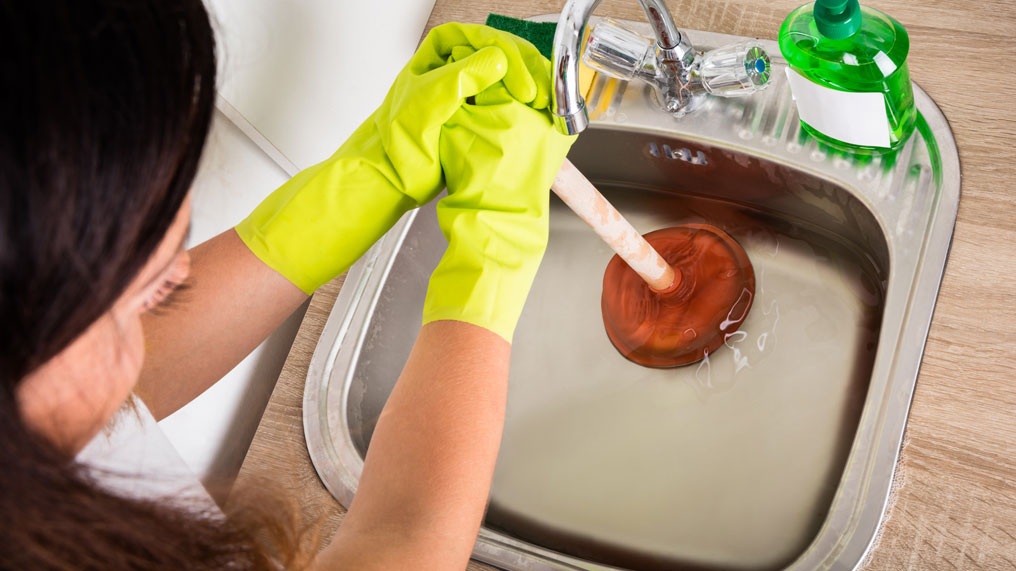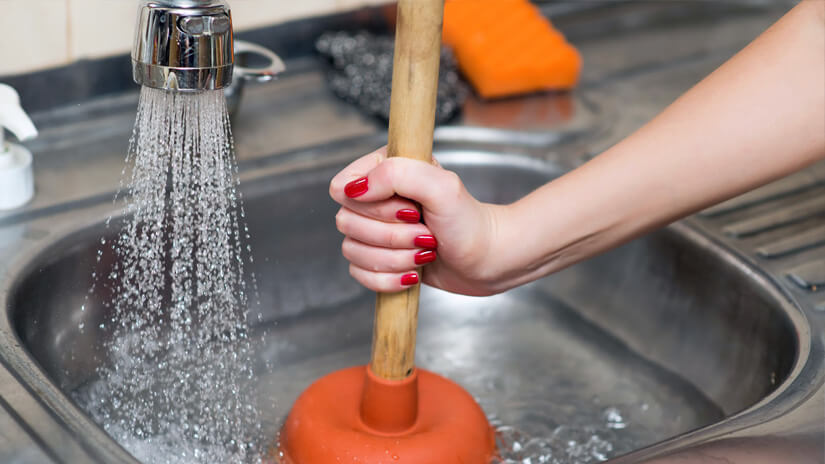This post underneath involving What I learned from trying to deal with a clogged drain is truly informative. Don't miss it.

Introduction
Managing a blocked drainpipe can be a frustrating experience, interrupting everyday tasks and potentially creating damages to your residential or commercial property. Nonetheless, before connecting to plumbing experts, there are actions you can take to deal with the concern yourself. In this overview, we'll discover DIY services and safety nets to take on an obstructed drain successfully.
Determining the Issue
The very first step in addressing an obstructed drainpipe is recognizing the signs. Slow water drainage, gurgling noises, foul odors rising from drains pipes, or water backing up prevail indications of a blocked drainpipe. Identifying these indicators early can help prevent better problems.
Common Root Causes Of Obstructed Drainpipes
Understanding the variables that add to drain pipes blockages is essential for reliable resolution. Usual culprits consist of hair, soap residue, grease, food debris, and foreign objects like sanitary products or paper towels. Tree roots getting into underground pipelines can also trigger considerable obstructions.
DIY Solutions
For minor obstructions, numerous do it yourself solutions can be effective. Pouring boiling water down the drainpipe can aid liquify oil and particles. Baking soda and vinegar or a mixture of salt and cooking soda can act as all-natural cleansers. Making use of a plunger or pipes serpent to displace obstructions is an additional option.
Devices and Tools
Having the right devices handy can make do it yourself drainpipe cleansing more efficient. A plunger is a versatile device for clearing obstructions in sinks, bathrooms, and showers. A plumbing serpent or auger can reach deeper blockages, while drainpipe cleaning chemicals can be made use of carefully for stubborn clogs.
Preventive Measures
To prevent future clogs, taking on preventive measures is critical. Set up drain guards or strainers to catch hair and debris before they get in the pipelines. Frequently flush drains pipes with warm water to dissolve oil build-up, and avoid disposing of oil or strong waste down the tubes.
When to Call a Specialist
While DIY solutions can solve small obstructions, particular indications suggest the demand for specialist support. Consistent obstructions, foul odors in spite of cleansing efforts, or several drains pipes supporting at the same time are red flags that necessitate expert intervention.
Picking the Right Pipes Service
When picking a plumbing solution, take into consideration aspects such as experience, licensing, and consumer evaluations. Pick a reputable plumbing professional with a track record of top quality workmanship and transparent pricing methods.
Price Factors to consider
The cost of expert drainpipe cleaning company can vary depending upon the intensity of the clog and the plumbing professional's prices. Request quotes from numerous companies and inquire about any additional charges to ensure transparency and avoid shocks.
Safety and security Measures
When trying do it yourself drain cleaning, prioritize safety. Use safety gloves and eyeglasses to prevent contact with hazardous chemicals or microorganisms. Never ever blend various drain cleaning items, as this can create unsafe fumes.
Situation Studies
Real-life instances highlight the efficiency of DIY services and the significance of timely professional treatment in fixing drainpipe blockages.
Verdict
By following the ideas outlined in this overview, you can properly take on obstructed drains and prevent future plumbing problems. Whether opting for DIY remedies or seeking expert aid, punctual action is vital to preserving a healthy pipes system and maintaining the integrity of your home.
How to Clear a Clogged Drain Yourself (And When to Call In the Professionals)
What Can Clog a Drain
Dirt Skin flakes Hair Grease Soap scum Food Offset pipes Tree roots Small objects Mineral buildup DIY Tricks to Unclog a Drain
You can fix this! Once you have identified the source of the clog (or have a vague idea), you can try one or a combination of these fixes in order to clear your plumbing.
Wire Hanger or Snake
Untangle and clear out hair from a drainpipe with a homemade snake. Use a straightened-out wire hanger with a 90-degree angle hook to locate the clog and drag out any unwanted material.
Remember not to push the clog further down to where the wire hanger cannot reach! If you need to follow up with a plunger, give it a try. Your efforts might be more successful after it’s been wire-snaked.
If you want to get fancy and don’t have a wire hanger to spare, head to the store and pick up a hand-operated drain snake. You can get one for $10-$30. It may save you the hassle, and provide additional length to reach deep into the clogged pipe.
Plunger
A cup plunger has a suction cup attached to a wooden handle. The rubber creates a seal around the drain, and increases the pressure force of the plunger.
Plunge for 30-second increments to loosen the clog. This may need to be repeated over the course of 15-20 minutes. Once plunged, run the water to flush the remaining material out of the drain.
Remember– never use a plunger if you have used a chemical drain cleaner. These chemicals can splash up from the force of the plunger and cause serious injury or burns.
Boiling Water
Hot water can sometimes break up materials into a flushable amount. Dirt, grease, and soap buildup requires heat in order to unstick from surfaces.
Take your kitchen kettle and heat your water to a boil. Once it reaches a rolling boil, pour it directly down the drain into the blockage. Carefully follow with plunging, if necessary.
Don’t worry if this takes more than one try! It can often take multiple kettles and repeated plunging in order to clear a particularly stubborn clog.
Chemical Drain Cleaner
As a last resort, pick up a bottle of chemical drain cleaner. Drain-cleaning chemicals are potent, and not very good for the environment.
You may need to wear protective eyewear in gloves before handling your bottle of chemical drain cleaner. Follow the instructions printed on the bottle, and flush with water as soon as the instructions allow. Do not follow with plunging.
Baking Soda and Vinegar
As a safer alternative to chemical drain cleaner, baking soda and vinegar can create a chemical reaction that clears tough clogs.
Combine one cup of cleaning vinegar with one cup of boiling water, and set aside. Once you have done this, pour half a cup of baking soda down the drain. Give the baking thirty seconds to settle and cover a large portion of the problem drain.
Following the baking soda, pour down your vinegar and hot water solution. Once the vinegar and baking soda combine, the mixture will bubble and fix. Let this reaction fizzle in the drain for about an hour.
After an hour, follow with a kettle’s worth of hot water. The heat and liquid should flush out any remaining material.
When to Call a Plumber
If your DIY attempts haven’t cleared your clog drain, it’s time to call in a professional. It’s not worth losing access to your kitchen sink or high-traffic bathroom. A clog in a vital area can keep you from the things you’d rather be doing, and derail your routine.
Anytime a clog is causing water to spread is a time to call in a plumbing service. What starts out as a little bit of water can quickly grow into serious, expensive water damage.
Additionally, a serious clog can result in burst pipes or serious leaks. Make sure you know when to take it seriously!
https://myguysnow.com/how-to-clear-a-clogged-drain-yourself-and-when-to-call-in-the-professionals/

I found that write up on Some easy tips to fix blocked drains while perusing the search engines. Sharing is caring. Helping people is fun. Thanks for your time spent reading it.
Click Here